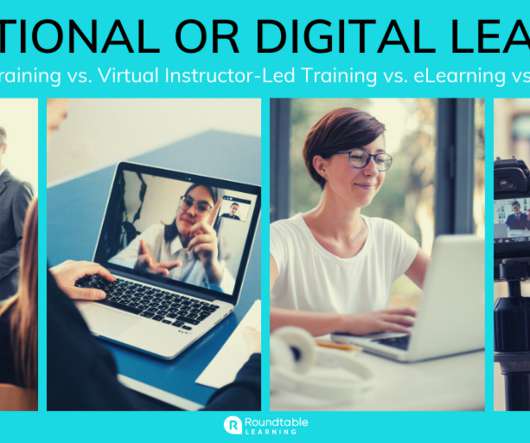When Misused Buzzwords Attack
Association eLearning
SEPTEMBER 10, 2015
It’s important to realize that these can mean one thing to you and your association and something different to an eLearning vendor or instructional designer. Gamification and game-based learning were covered in their own post, so they’re not included here). This is the ultimate goal of all eLearning. All of the above.


















Let's personalize your content